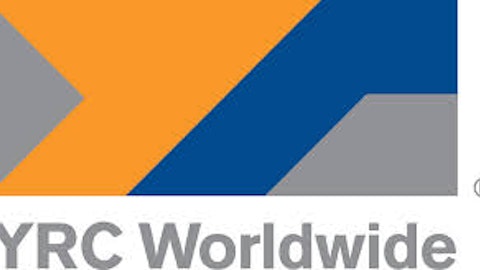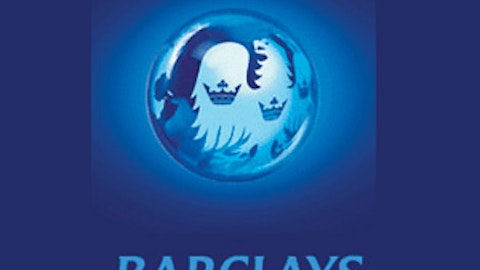Following Fitch’s upgrade of Greece’s credit rating, ten-year Greek government bond yields fell below 8%, the lowest yield since June 2010. Meanwhile, Italian and Spanish bonds have also rallied strongly and then now yield 3.85% and 4.18% respectively. All these economies are still suffering, but some world-famous hedge funds are already making long bets. Should you go long on any of those economies?
One politically complicated, very rich country
Italy is a rich country. Its $2.1 trillion economy makes it the third economy in the Eurozone, after Germany and France. Its industrial north is indeed an economic powerhouse. But the country’s economy has been stagnated for over 5 years, its population is suffering from a 12% unemployment rate, and there is a political gridlock that prevents the country from necessary reforms. That said, this should be the last year of recession for Italy (the IMF expects Italy’s GDP to contract by 1.5% in 2013), and the first year out of many with a positive current account balance.

A country looking to fix itself
Spain is indeed having a harsh time. Its 27% unemployment rate and recessionary state (the IMF expects Spain’s GDP to contract by 1.5% this year), explain why the Spanish Stock Exchange is up by only 4% Year To Date (YTD). The country is doing necessary reforms, but it will take some time before the Spanish economy thrives as it did in the 90s. At least politics is playing its necessary role to make much needed changes, such as labor and fiscal reforms. Meanwhile, public debt is still very manageable at 80% of GDP.
Despite the still very difficult situation, I would recommend making a bet on one Spanish bank. Banco Santander, S.A. (ADR) (NYSE:SAN), Spain’s biggest bank by every measure, has been fixing itself and its global diversification makes it one of the safest banks in Europe. Santander has been taking steep write-offs on its Spanish portfolio, but it has also been growing its business abroad while solving these problems at home. As a matter of fact, 38% of its ordinary attributable profit comes from Brazil and Mexico, and only 16% of its revenue comes from Spain and Portugal. With a tier one capital ratio of 11.7%, and trading at an estimated price to earnings (P/E) multiple of 12.5 times for 2013 and 9.2 times for 2014, I think Santander is a valid long bet on Spain and Europe. Besides, its 8.6% dividend yield makes waiting a little less painful.
Risks are being underestimated
Greece is still having a tough time. The country has a 27% unemployment rate, and the Greek economy is 16% smaller now than in 2011. That said, the IMF expects Greece to come back to growth as soon as next year, and this has triggered huge bets from the international investment community. As a matter of fact, the Athens stock exchange has rallied more than 11% YTD.

